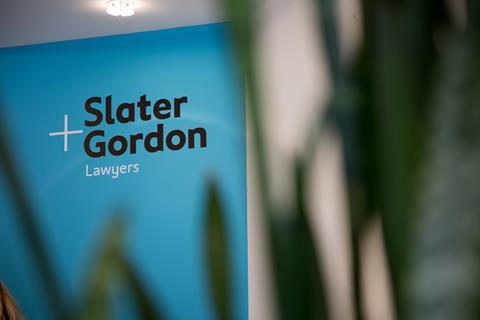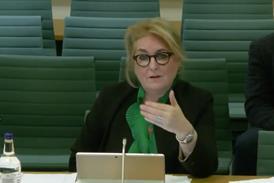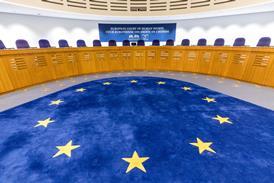National firm Slater and Gordon is defending more than 100 claims brought by former personal injury clients questioning their insurance policies, the Gazette can reveal.
A hearing date has been set for May, when the Senior Courts Costs Office will decide whether the firm should have to answer questions about after-the-event policies designed for claims. Court documents seen by the Gazette allege that payments were made to a subsidiary owned by Slater and Gordon called Intelligent Claims Management.

In the lead case, Piper, dating from 2016, it is alleged that a premium of £259 was deducted from the client’s damages, with a ‘claims handling fee’ of £30 and ‘claims fund contribution’ of £176 payable to ICM.
Claim forms say there was ‘no suggestion’ in any of the CFA documentation that Slater and Gordon would derive any direct or indirect financial benefit from recommending the ATE policy.
In total, 145 cases are currently before Master Rowley, with the number continuing to grow. Court documents show that 10 other PI firms are also named as defendants. Requests for information about ATE premiums have been raised on more than 100 claims, with Slater and Gordon saying the court does not have jurisdiction.
The claims are being handled by costs retrieval business checkmylegalfees.com, which has been engaged in several legal battles with PI firms over fees and disbursements that have been deducted from damages in cases going back several years.
Details of the ATE challenge came in the same week that the High Court ruled that a cap of client damages was enough to show the client gave ‘informed consent’ to the deduction. In Swann v Slater and Gordon, District Judge Rouine held that no fiduciary duty could arise during the process of negotiating a retainer. The case affected more than 400 costs assessments brought against Slater and Gordon.
Slater and Gordon denies any wrongdoing in Piper. In a statement, it said: ‘We are confident in the quality and terms of our retainers, as borne out by the recent Swann judgment, which found they were transparent and reasonable. We believe a similar conclusion will be drawn at the conclusion of this case.’
























